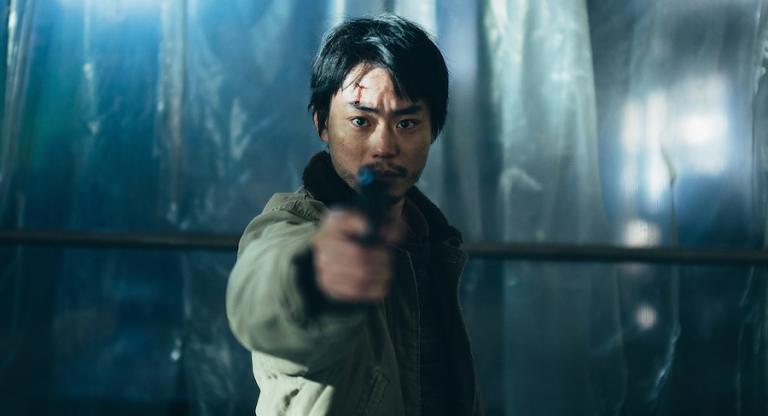In a 1996 article from the Journal of Film and Video, the film critic Barry Keith Grant identified a slate of ‘80s and ‘90s Hollywood films as “yuppie horror.” Erotic thrillers like Fatal Attraction (1987) shared with screwball comedies like Desperately Seeking Susan (1985) a common “irruption of the irrational into the workaday world.” In Jonathan Demme’s Something Wild (1986), both genres are at play; for good measure, the road movie—another formula for the disruption of the quotidian—is thrown into the mix. The result of this heady brew is a story that not only disorders one yuppie’s life, but blurs the borders that define him.
Something Wild stars Jeff Daniels as Charlie, an investment banker whose personal life is in disarray. In a mild attempt at rebellion, he leaves the diner where he’s spending his lunch break without paying the bill. Lulu (Melanie Griffith), hoping to foster this disobedient streak, offers him a ride back to his office in her mint-green Pontiac convertible. She immediately makes a U-turn and heads for the Holland Tunnel, throwing Charlie’s beeper out the window and setting him free from the financial district’s monotony. Lulu quickly introduces Charlie to what she later calls “the other half of” himself. In the liminal bounds of north Jersey, she robs a liquor store, coaxes Charlie into a motel room where she breaks out a pair of handcuffs, and crashes her car into a ravine. After buying a new set of wheels from a sleazy used car salesman played by John Waters, the pair set off for Lulu’s hometown in Pennsylvania.
It’s at this critical point in the odd couple’s journey that the formula of the quirky outsider turning the buttoned-up normie’s world upside down begins to unravel. Lulu introduces Charlie to her mother as her husband and brings him to her high school reunion. There, they run into Lulu’s estranged ex-con husband Ray (a particularly menacing, pre-Goodfellas Ray Liotta). His presence creates another rupture, in Lulu and Charlie’s makeshift idyll. Charlie’s role is no longer that of a tourist; he has become inextricably part of an outer-class foreign to him a week earlier.
The appeal of Something Wild lies less in its bucking of the thriller, screwball, and road genres than in its embrace of all three. The tension Ray’s presence builds in the middle third is a necessary counter to the anarchic instability Lulu offers in the first. And the scenes on the road offer tonal breaks—moments of tranquility and transition in between. With his unobtrusive camera, Demme’s regular cinematographer Tak Fujimoto makes the mid-summer, mid-80s mid-Atlantic appear verdant, lively, and awake with possibility.
Something Wild screens tomorrow afternoon, March 9, and on March 24, at the Museum of the Moving Image on 35mm as part of the series “Snubbed 2: The Performances.”



